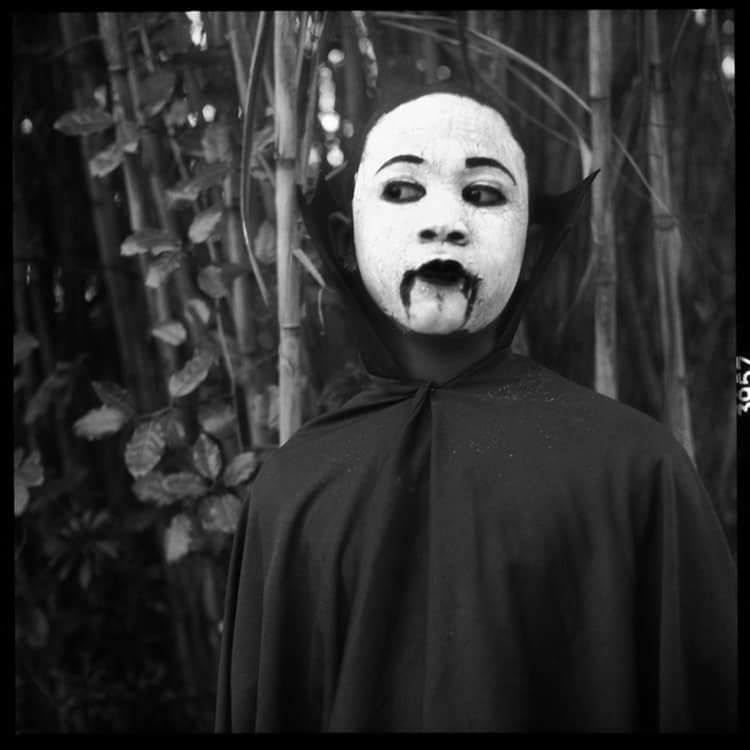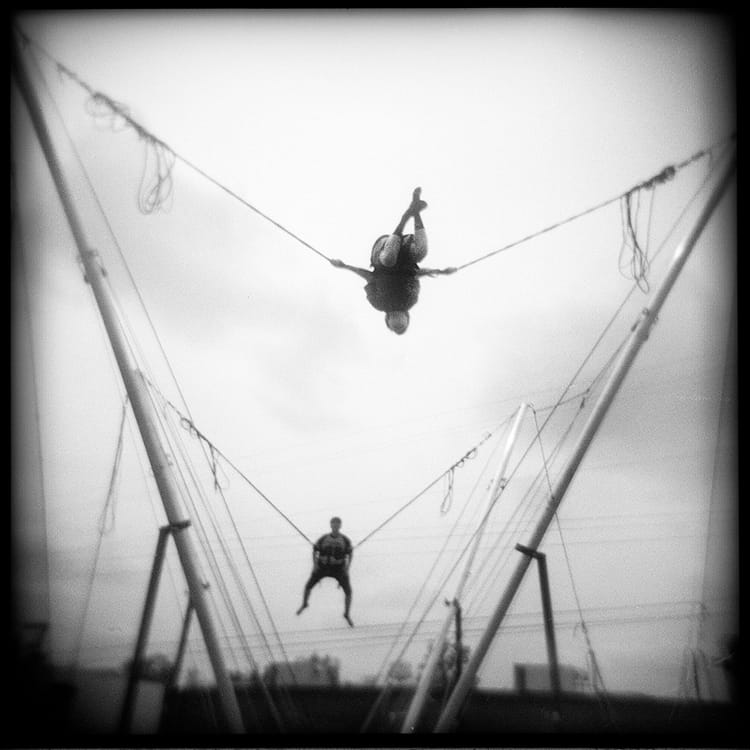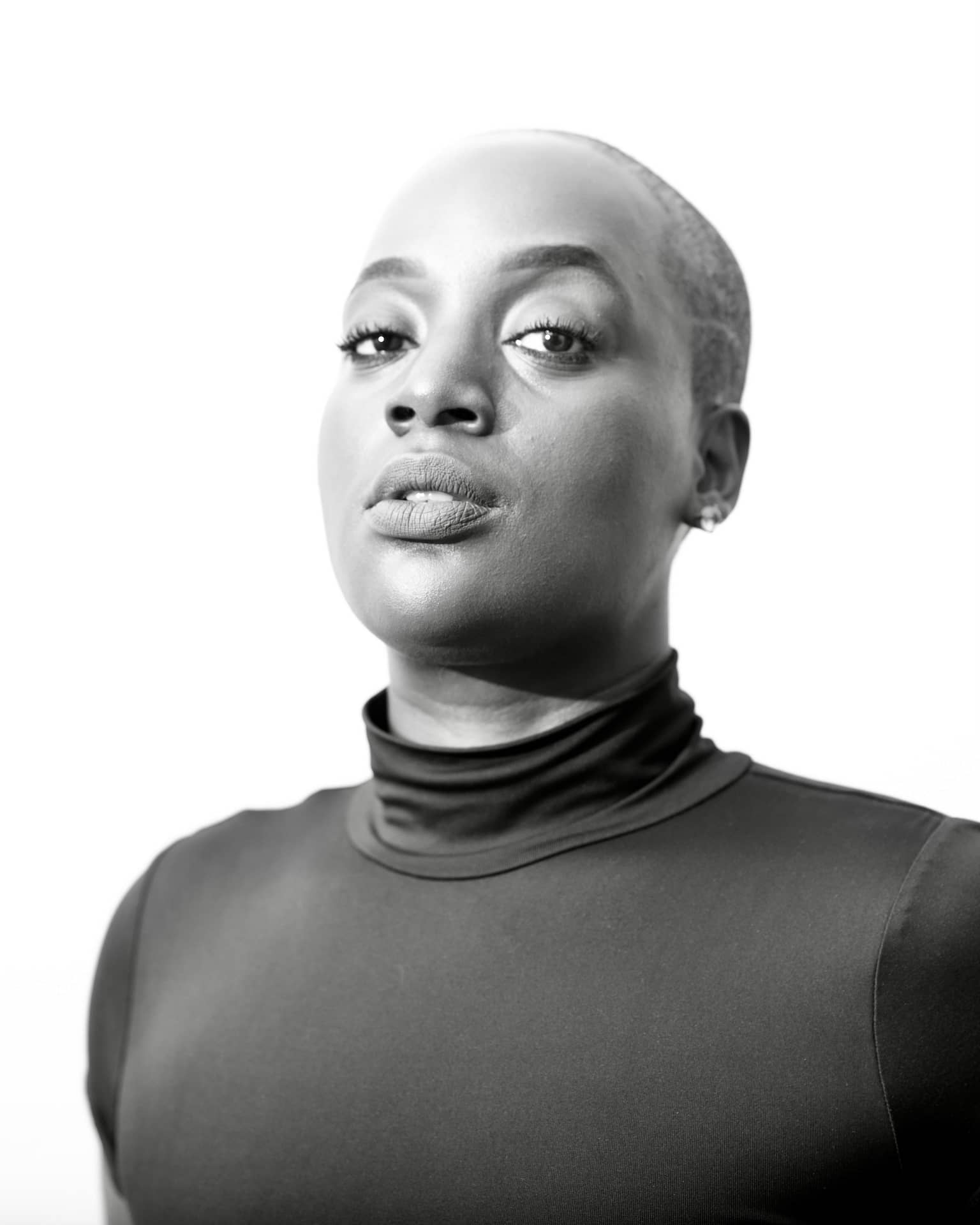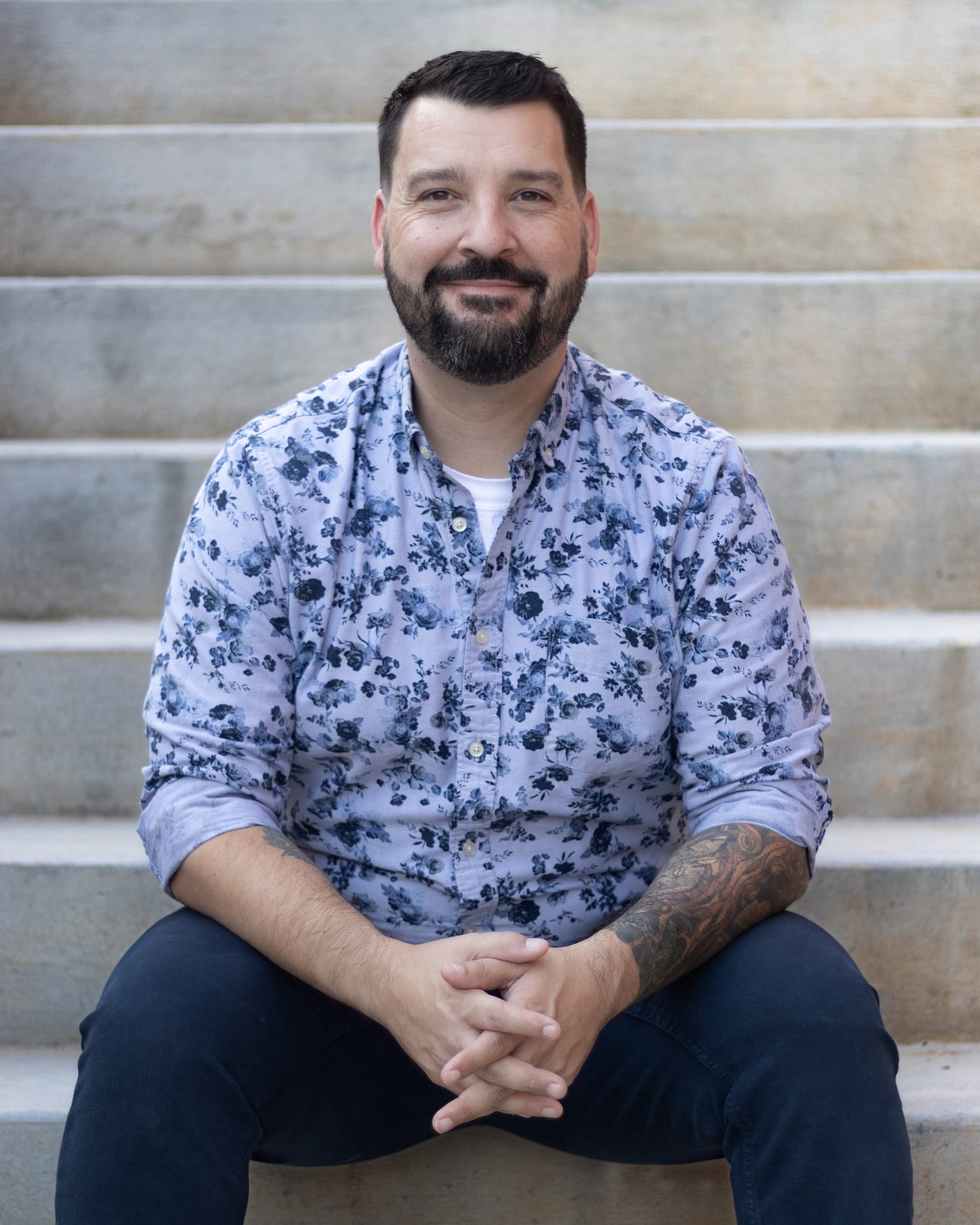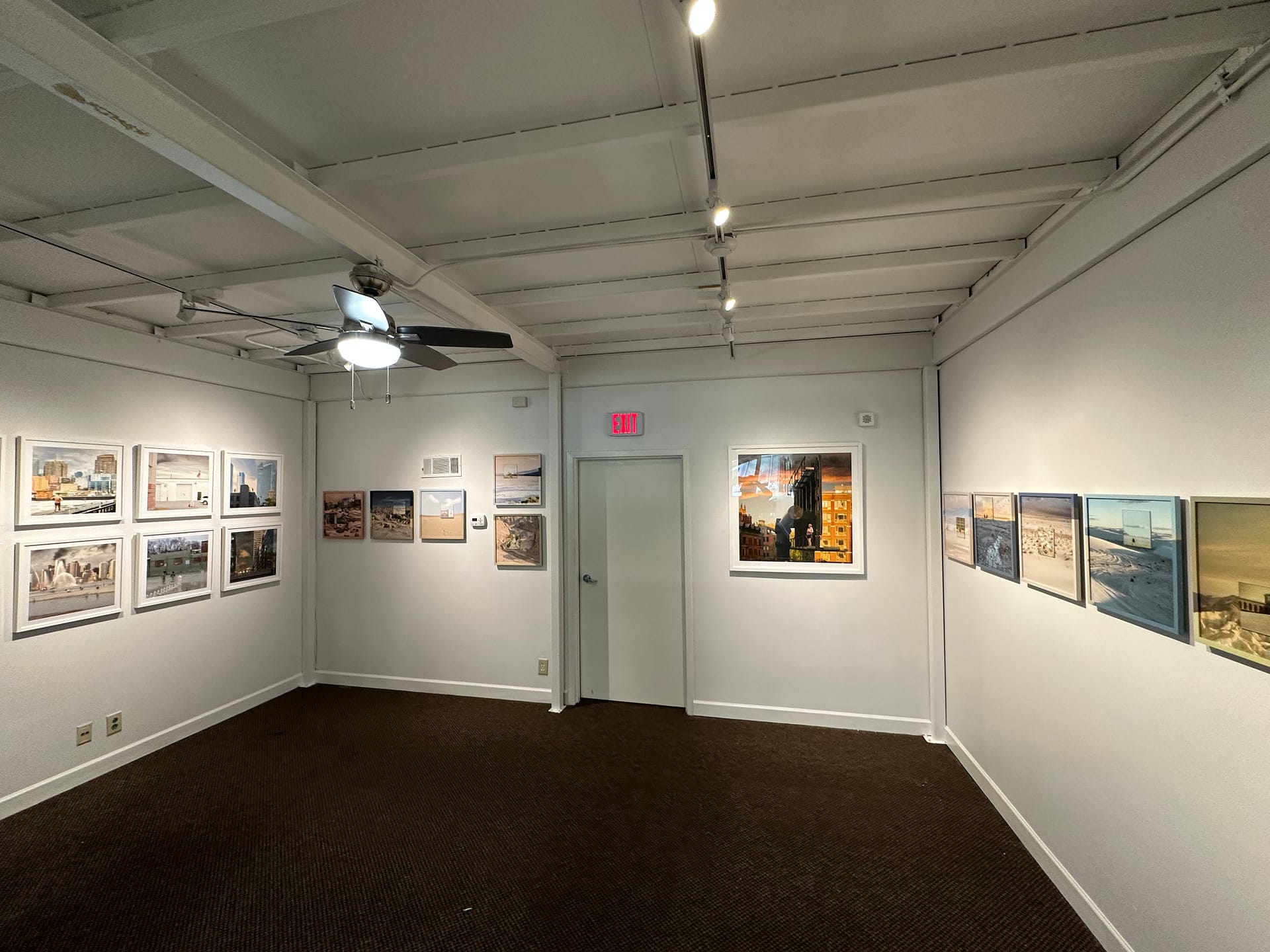Betty Press grew up on a farm in Nebraska, has worked and lived in Africa, shot photos in Florida, Cuba, and Central America, and shown her work in Portland, London, and Nairobi. Her latest project focuses on her current home of Mississippi. Two of Betty’s photographs were included in the Mary Stanley Selects exhibition.
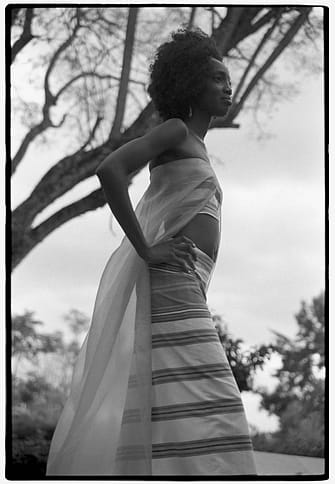
How did you first become interested in photography?
I always loved looking at photographs, mainly in magazines and imagining myself going to the places shown in the photos. I also loved looking at maps. Little did I know that I was preparing myself for a life of travel.
You’ve traveled extensively. Is the foreign inherently more interesting than the familiar? Can your hometown be as interesting a subject as a distant land?
Yes I have traveled a lot. Once I graduated from college and married, my husband took a job in Morocco. Next we were assigned to Tanzania, which cemented my love affair with Africa. It would be a place that we would keep coming back to again and again. In the 70’s my husband quit his first job with USAID while we were in Tanzania. We boarded a train for a two year trek across Africa, moving thru the Congo, central Africa, into Nigeria along the west coast to Ivory Coast and then turned North to cross the desert to Algeria, west to Morocco and finally ending up in Europe. After a few months in France we left for Turkey and made our way overland to India, Southeast Asia and around the world. I can’t believe I wasn’t a photographer at the time though there are still a lot of visual images imprinted on my mind from that time. At that time my husband took most of the photos and I would make scrapbooks using his images.
It wasn’t until after we came back to the USA in 1980’s that I finally decided to start studying photography. I spent one year auditing photo courses at the University of Michigan Ann Arbor while my husband was on a Journalism Fellowship. That was my only formal art education. So basically I am self taught. After that year we were sent to Mexico and I started taking photos for The Christian Science Monitor, the newspaper my husband was working for. Next we were sent to Kenya where we stayed for 8 years. I worked as a free-lance photojournalist traveling through out East and West Africa. My work was published by most major magazines and newspapers at that time. I also did a lot of work for the United Nations and NGO’s. I dedicated my second camera to my B&W personal work. I started exhibiting this personal work in 1992 and have been showing it ever since. My African photographs have been widely published and collected. In 2005, the African portfolio was selected for the Critical Mass Top 50. Then in 2011 I finally realized my dream of self-publishing my African images in a book, titled I Am Because We Are: African Wisdom in Image and Proverb. I printed over 2000 copies and the book sold out in less than three years. The University Press of Mississippi later picked it up for final distribution.
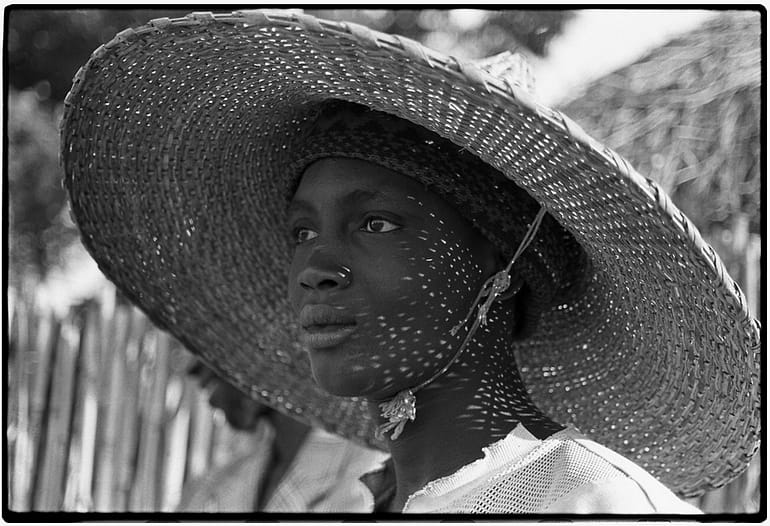
Missira-Wadène, Senegal 1988
So from the beginning of my career I started taking photos of foreign cultures because that is where I lived. And because I lived abroad I was quite comfortable taking photos wherever I was. I always felt I had an advantage over other photographers who would fly into Africa for a few days and then leave. But to tell you the truth I am not sure that my photographs were any better or different. I think it really depended on the photographer and how we approached our subject matter. I always tried to treat my subjects with dignity and respect. I did try to focus on breaking some of the stereotypes that people had of Africa and showing more of the positive aspects of African culture and society. That is why I think my book was so well received and appreciated. We moved to Hattiesburg, Mississippi in 2003. I never expected to be living in Mississippi, which has now become the focus of my current major photo project. I am not from the South something I am often reminded of. Because of that I see and approach the South differently. I think there is a fresh perspective that can come out of both insider and outsider perspectives, and that there are ways to avoid the stereotypes. Also, having spent so many years working in Africa, I bring a singular perspective to documenting the Southern black and white experience, which is so intertwined, and which keeps the South a unique region in the USA. I think what we finally see is the universality of life throughout the world and how we share a lot of the same goals in life as well as the problems.
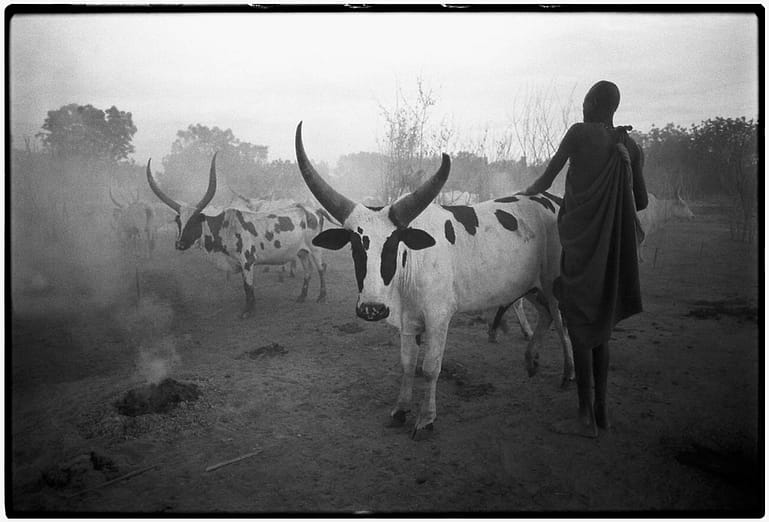
Southern Sudan 1989
What is the role of education in your work?
We came back to the USA in 1995. I decided that I did not want to continue as a photojournalist and so started teaching at a Stetson University in Florida. Also I did not want to teach photojournalism, so I taught mainly in the Art Department. In 2003 I started teaching darkroom courses in the Art & Design Department of the University of Southern Mississippi, Hattiesburg. I love working with my students. I feel they have taught me just as much as I taught them. I continue to stay in touch with many of my former students and have collaborated with several of them on various projects. Many of my friends are educators so we share ideas about teaching and our projects.
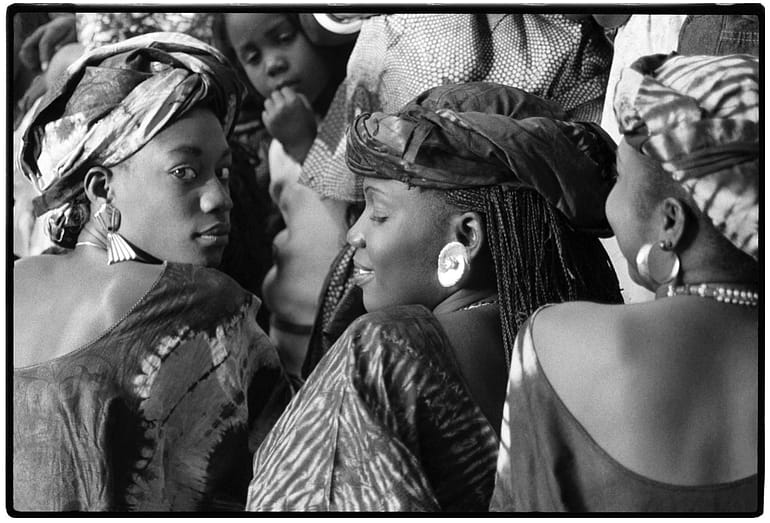
I am because we are; we are because I am. South African proverb
Is there a photograph that you are most proud of and why?
That is an impossible question for me as there are so many images that I love over a career that has now spanned more than 25 years. I am very proud of the work that I did in Africa and I think I am most well known for that work. I have a few signature photographs that would probably come to mind by people who know my work. One of them is on the cover of my book. I always knew that this image would be the cover. It shows three young women from the back traditionally dressed. Only one of them happens to glance back at me as I take the picture. That gaze entices the viewers to share her world, a world of beauty and vitality, poised to experience the best that life has to offer.
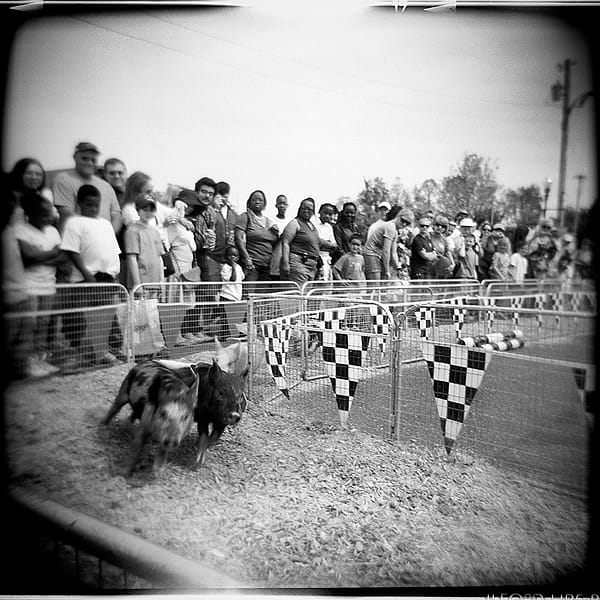
Pig races at the JukeJoint Festival in Clarksdale, Mississippi
Whose work has influenced yours the most?
At the time I worked in Africa I was mainly influenced by other photojournalists such as Margaret Bourke White, Henri Cartier-Bresson, W. Eugene Smith from the early years and more contemporary ones such as Sebastiao Salgado, James Nachtwey, and Susan Meiselas. Since I started teaching I have been studying the work of the masters, especially those who work in classic silver gelatin. It is also the medium I prefer to use. I like the way it abstracts the image to the basics of tones, contrast and composition. Some of these masters are Harry Callahan, Emmet Gowin and Roy Decarava. My all time favorite photographer is Robert Frank and his book The Americans. I can look at that book for hours and still see something I didn’t see before. Since I started making medium format images I like the work of Diane Arbus and Keith Carter. In Mississippi I love the work of Kathleen Robbins and Maude Schuyler Clay.
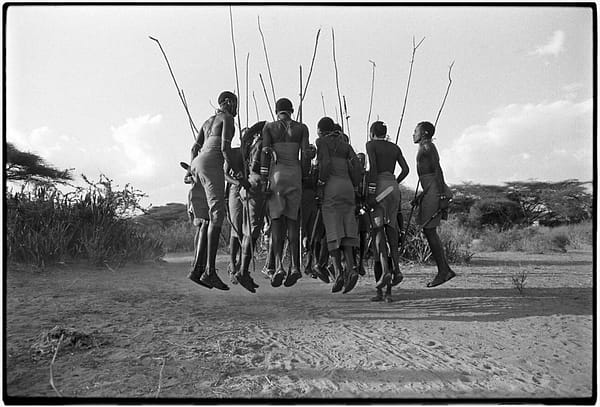
Northern Kenya 1990
Is there anything you won’t photograph?
I had to photograph a lot of very difficult things when I was a photojournalist. A lot of my work was documenting the aftermath of wars, famine and exposing poverty. I tried to do that work with as much empathy and dignity as possible because we had to show the problems that existed so they could be dealt with. But even then I tried to find the hope and love that was always there, especially among the children, even at the most difficult times.
Who are your heroes?
I don’t really have heroes as such. I have people I admire and who inspire me. In Africa it would be Nelson Mandela. Here in Mississippi it would be Eudora Welty especially since she was a writer and photographer and also Natasha Trethewey, the US and Mississippi Poet Laureate from 2012-14. Both of them have helped me understand and appreciate the southern culture. But really the person who means the most to me right now is my husband. He always inspires me and we share so much in terms of our ideas and philosophy of life. He is also helping me with the Mississippi project. I also love to have fun with photography outside of working on major projects. I loved making Polaroid transfers until there was no more Polaroid film. Now I am looking into using Impossible instant film so I think I will be getting back into working more with instant photography. I also love to use Instagram and post images of my everyday life.

